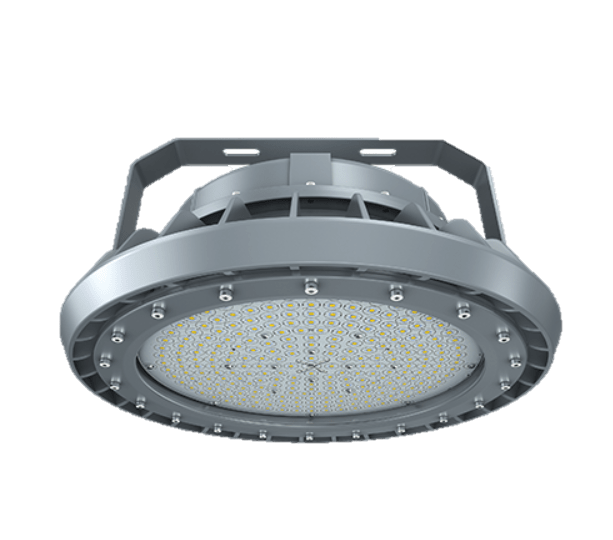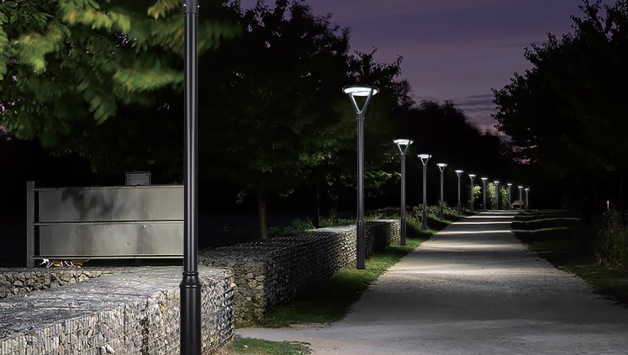Understanding ATEX Rating and its Importance in Hazardous Lighting
Introduction
In industries where hazardous materials are handled, safety is paramount. This is where the term ‘ATEX rating’ comes into play, a crucial aspect that ensures safety in such environments. But what does ATEX rating mean? And how does it relate to hazardous lighting? In this blog post, we will delve into the details of ATEX rating and its significance in the context of ATEX hazardous lighting.
Understanding ATEX Rating
ATEX is an acronym for “Atmospheres Explosible”. It’s a European Union directive that sets out essential health and safety requirements for equipment intended for use in potentially explosive atmospheres. The directive applies to both electrical and mechanical equipment and covers a range of conditions including those where the presence of dust can lead to an explosion.
An ATEX rating is given to equipment that meets these stringent safety standards. The rating indicates that the equipment has been designed and tested to be safe for use in explosive atmospheres, reducing the risk of ignition and explosion.
The Importance of ATEX Rating in Hazardous Environments
In industries such as oil & gas, mining, chemical manufacturing, or any environment where flammable gases or dust are present, using equipment with an appropriate ATEX rating is not just recommended – it’s mandatory. The use of non-ATEX rated equipment in such settings can lead to catastrophic incidents including explosions, causing significant damage to property and posing serious threats to human life.
The Role of ATEX Hazardous Lighting
Lighting plays a critical role in hazardous environments. Not only does it ensure visibility for workers but also contributes significantly towards maintaining overall safety. This is why there’s a specific category called ‘ATEX hazardous lighting’.
ATEX hazardous lighting refers to lighting fixtures that have been designed according to the guidelines set by the ATEX directive. These lights are rigorously tested under various conditions before they receive their respective ATEX ratings. They are built with materials that can withstand harsh conditions without causing sparks or hot surfaces that could ignite an explosive atmosphere.
Choosing Your ATEX Hazardous Lighting
When selecting your ATEX hazardous lighting fixtures, it’s crucial to understand the specific needs of your environment. Different zones require different levels of protection – Zone 0 requires higher protection than Zone 1 or 2 due to continuous presence of explosive atmosphere.
Also consider factors like temperature class (T-Class), which indicates the maximum surface temperature a piece of equipment can reach without igniting the surrounding atmosphere; Group classification (Group I for mines susceptible to firedamp; Group II for other places), which indicates what type of explosive atmosphere (gas or dust) the equipment is designed for; and Equipment Protection Level (EPL), which tells you how well protected your equipment needs to be.
Conclusion
Understanding what an ATEX rating means is vital when working within potentially explosive atmospheres. It ensures you choose suitable equipment – particularly lighting fixtures – that comply with safety standards set by regulatory bodies like EU directives.
Remember: Safety should never be compromised on any grounds – especially not when dealing with potentially explosive atmospheres! Always opt for appropriately rated devices like ATEX hazardous lighting fixtures when setting up your industrial space.
By understanding these ratings and adhering strictly to them, we can create safer work environments while reducing potential risks associated with handling flammable substances or operating within volatile atmospheres.




